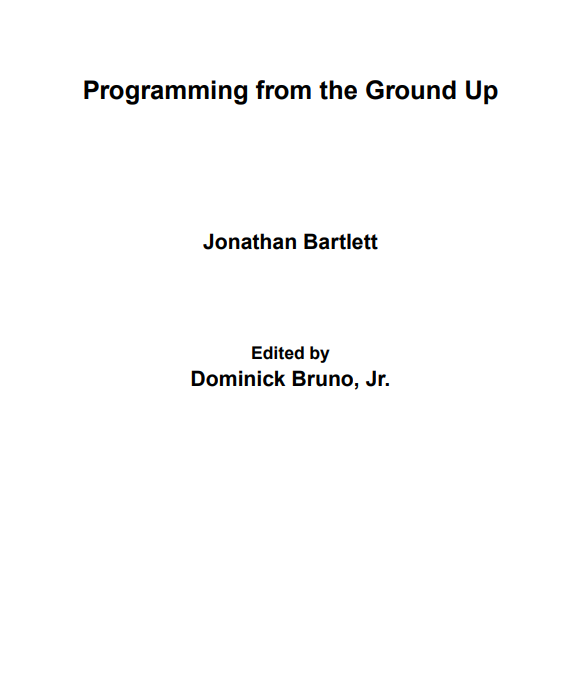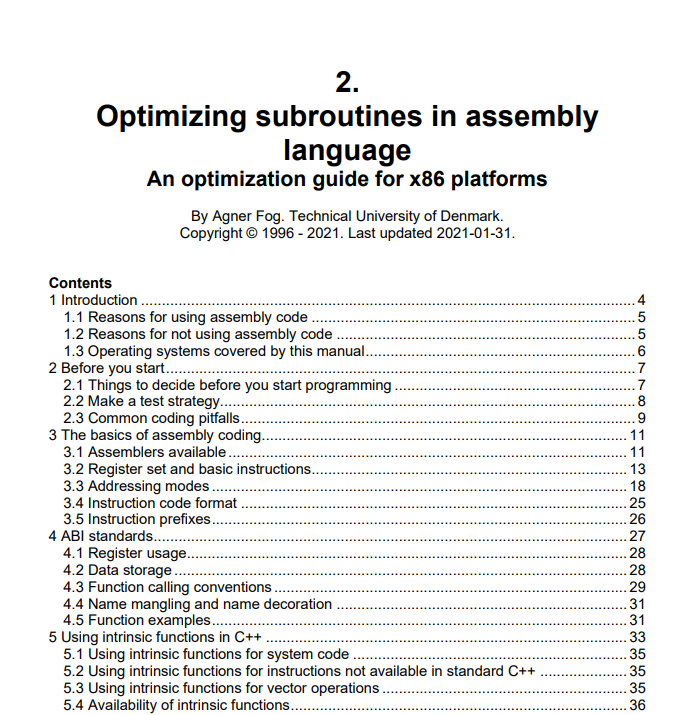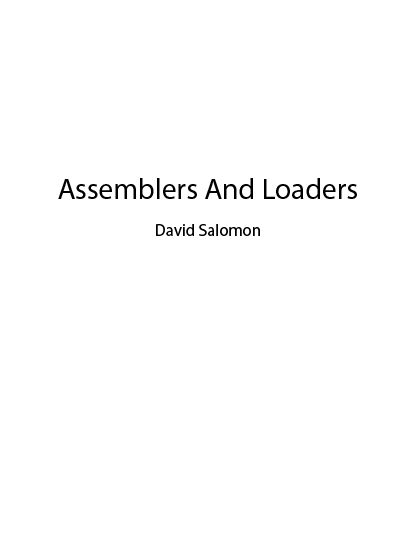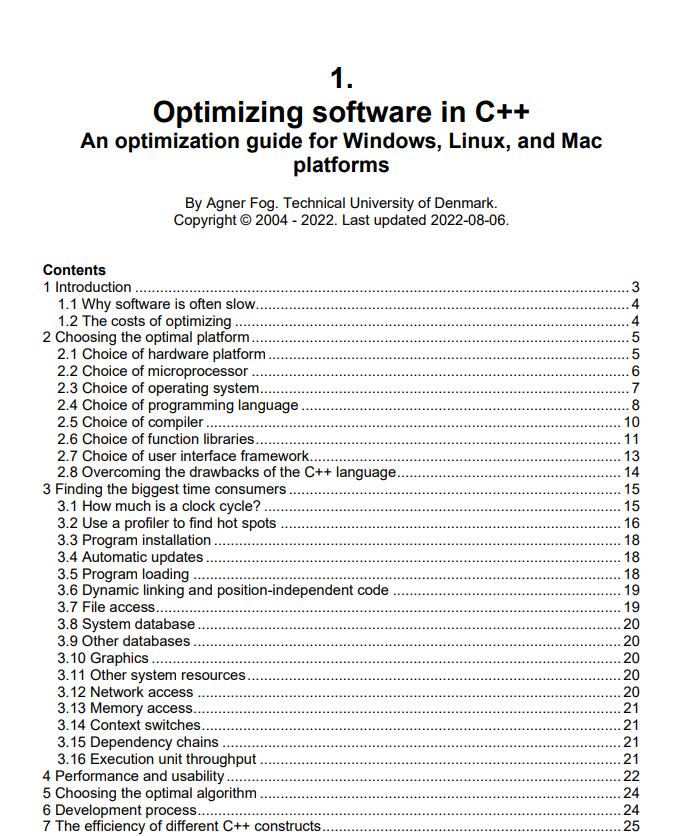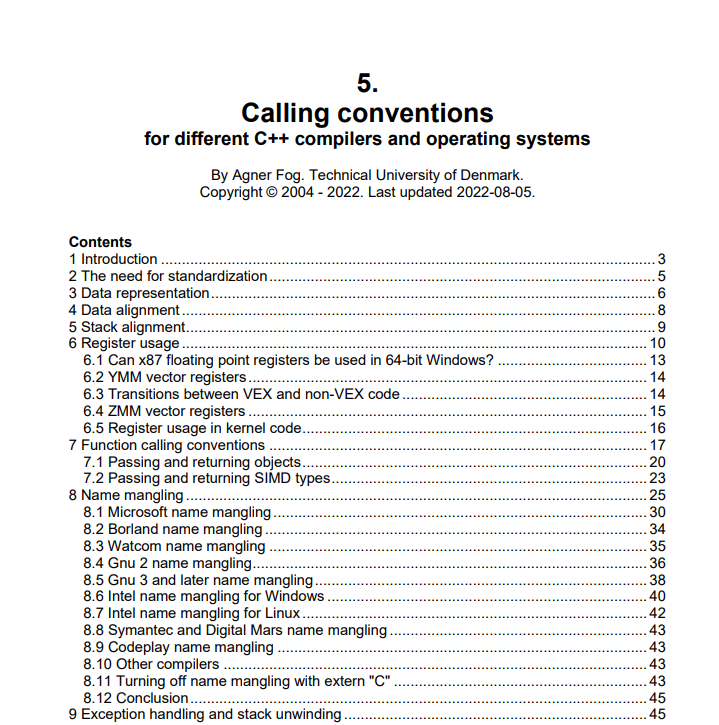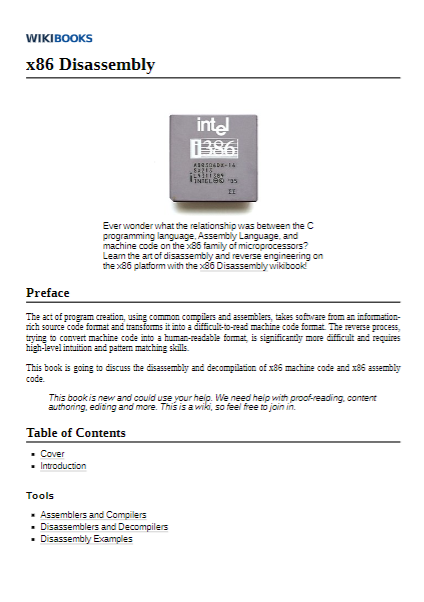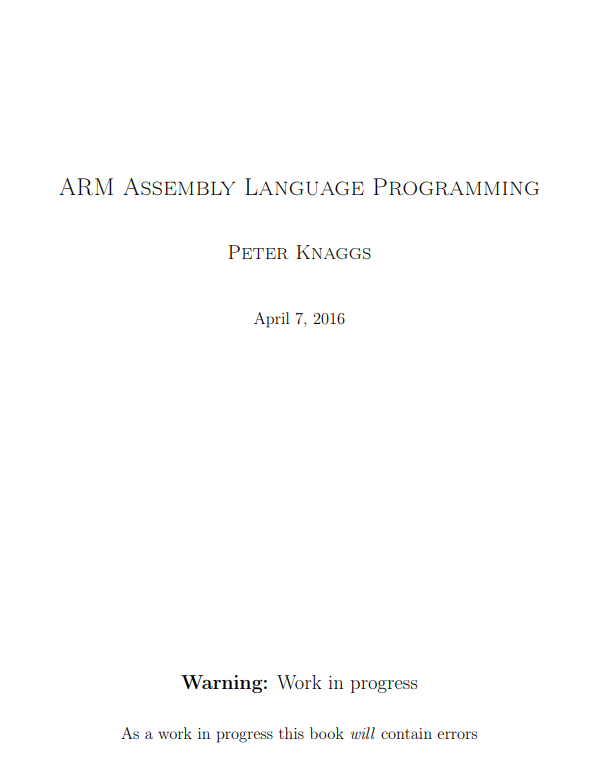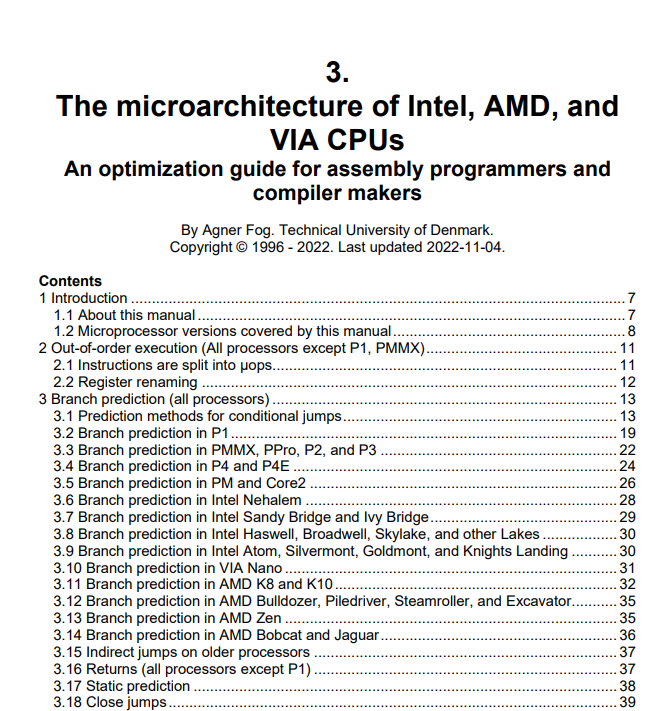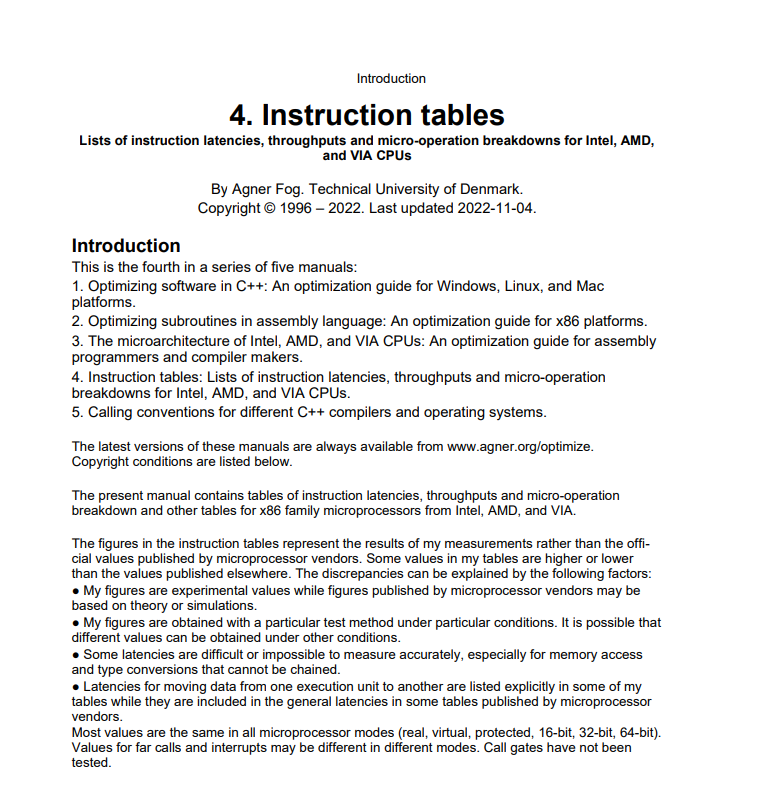I love programming. I enjoy the challenge to not only make a working program, but to do so with style. Programming is like poetry. It conveys a message, not only to the computer, but to those who modify and use your program. With a program, you build your own world with your own rules. You create your world according to your conception of both the problem and the solution. Masterful programmers create worlds with programs that are clear and succinct, much like a poem or essay.
One of the greatest programmers, Donald Knuth, describes programming not as telling a computer how to do something, but telling a person how they would instruct a computer to do something. The point is that programs are meant to be read by people, not just computers. Your programs will be modified and updated by others long after you move on to other projects. Thus, programming is not as much about communicating to a computer as it is communicating to those who come after you. A programmer is a problem-solver, a poet, and an instructor all at once. Your goal is to solve the problem at hand, doing so with balance and taste, and teach your solution to future programmers. I hope that this book can teach at least some of the poetry and magic that makes computing exciting.
Most introductory books on programming frustrate me to no end. At the end of them you can still ask “how does the computer really work?” and not have a good answer. They tend to pass over topics that are difficult even though they are important. I will take you through the difficult issues because that is the only way to move on to masterful programming. My goal is to take you from knowing nothing about programming to understanding how to think, write, and learn like a programmer. You won’t know everything, but you will have a background for how everything fits together. At the end of this book, you should be able to do the following:
Chapter 1. Introduction
• Understand how a program works and interacts with other programs
• Read other people’s programs and learn how they work
• Learn new programming languages quickly
• Learn advanced concepts in computer science quickly
I will not teach you everything. Computer science is a massive field, especially when you combine the theory with the practice of computer programming. However, I will attempt to get you started on the foundations so you can easily go wherever you want afterwards.
There is somewhat of a chicken and egg problem in teaching programming, especially assembly language. There is a lot to learn – it’s almost too much to learn almost at once, but each piece depends on all the others. Therefore, you must be patient with yourself and the computer while learning to program. If you don’t understand something the first time, reread it. If you still don’t understand it, it is sometimes best to take it by faith and come back to it later. Often after more exposure to programming the ideas will make more sense. Don’t get discouraged. It’s a long climb, but very worthwhile.
At the end of each chapter are three sets of review exercises. The first set is more or less regurgitation – they check to see if can you give back what you learned in the chapter. The second set contains application questions – they check to see if you can apply what you learned to solve problems. The final set is to see if you are capable of broadening your horizons. Some of these questions may not be answerable until later in the book, but they give you some things to think about. Other questions require some research into outside sources to discover the answer. Still others require you to simply analyze your options and explain a best solution. Many of the questions don’t have right or wrong answers, but that doesn’t mean they are unimportant. Learning the issues involved in programming, learning how to research answers, and learning how to look ahead are all a major part of a programmer’s work.
If you have problems that you just can’t get past, there is a mailing list for this book where readers can discuss and get help with what they are reading. The address is pgubook-readers@nongnu.org. This mailing list is open for any type of question or discussion along the lines of this book. You can subscribe to this list by going to http://mail.nongnu.org/mailman/listinfo/pgubook-readers.
